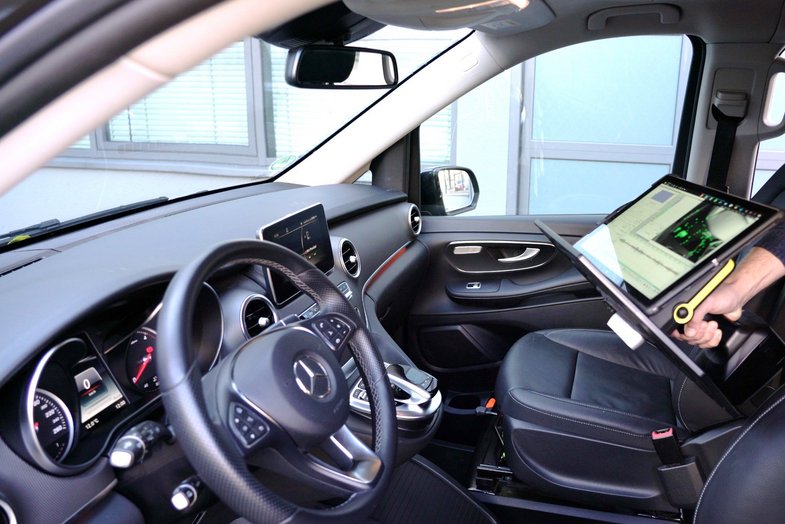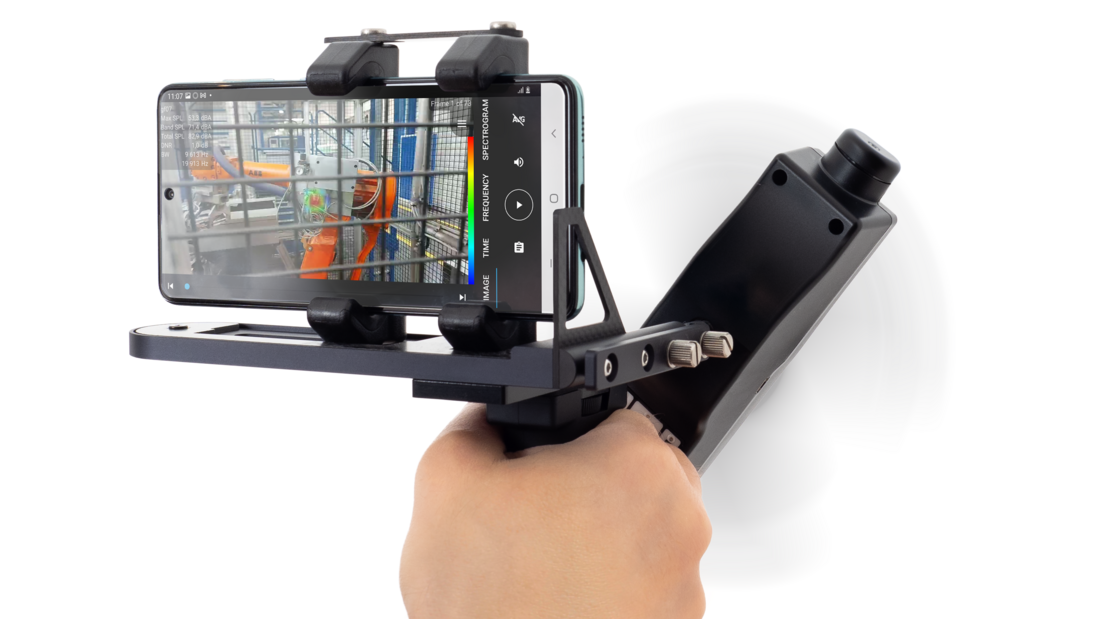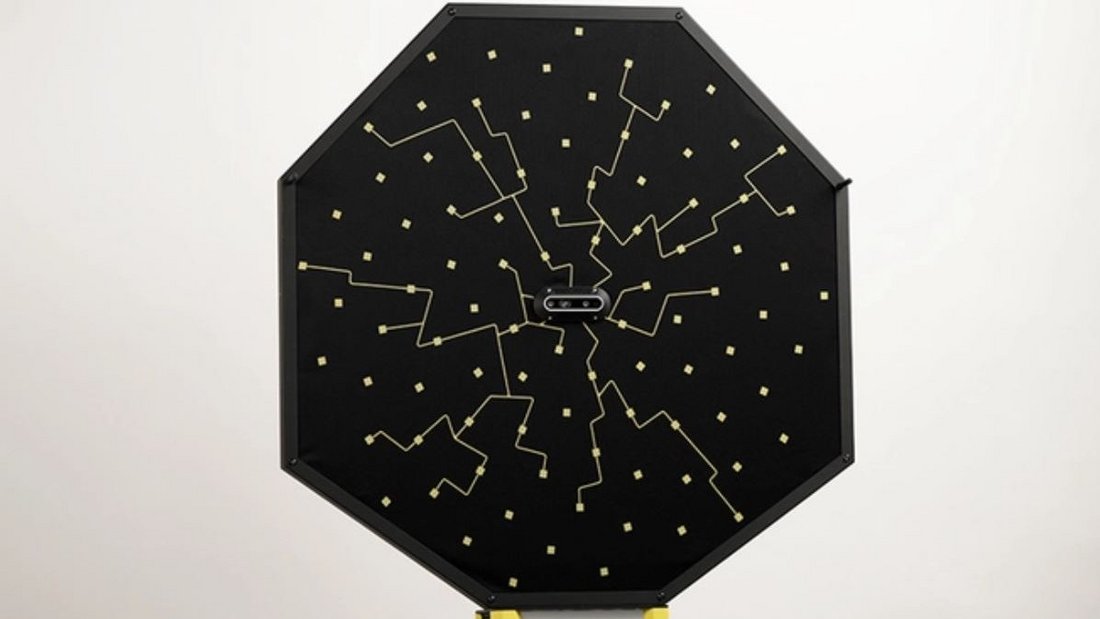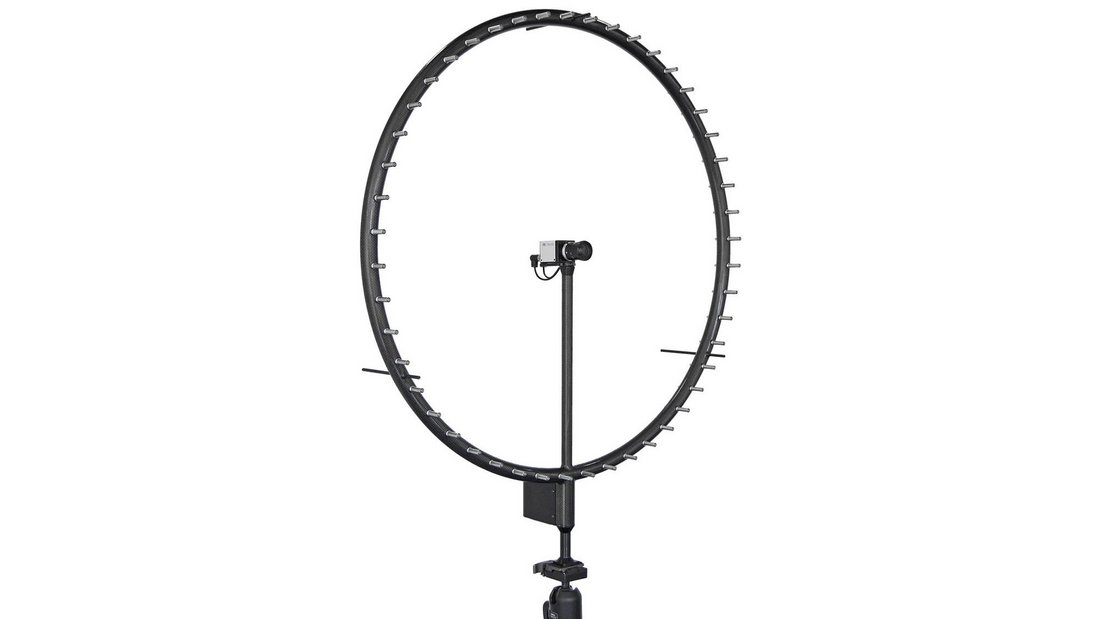With the automotive industry trending away from the traditional internal combustion engine in favor of the more efficient, quieter electric engines, engineers are realizing “new” sound sources that were masked before. Rattling, buzzing, or clicking noises are undesired in any vehicle. Having a quick and easy method to accurately locate these sources is a valuable tool for interior NVH work. Using our solution, whether on a shaker or on a test track, to map these within a 3D model can save many hours of work finding a source that can then be used in mitigating that source.
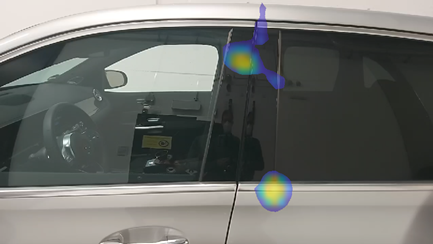
Investigate insulation seals
In this case study, acoustic imaging was used to investigate the insulation seals around a car’s windows and doors. With an ultrasonic speaker placed inside the vehicle cabin, the handheld Sound Scanner P12 is able to analyze the irregular distribution of sound pressure on the exterior side, showing the weak spots in the vehicle’s seals.
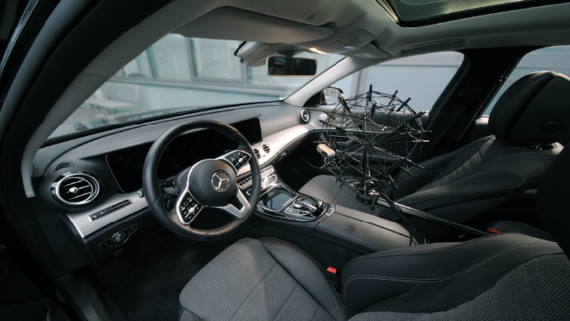
Psychoacoustics (sound quality)
Sometimes simply knowing the sound pressure levels in an acoustic environment is not enough. How annoying is one sound compared to another? Fundamental questions of characteristics of sound led to the creation of psychoacoustic parameters, which tell us much more about the nature of sounds than a simple decibel value. Our imaging solutons will be able to give you maps of these standardized metrics: loudness, sharpness, and roughness.
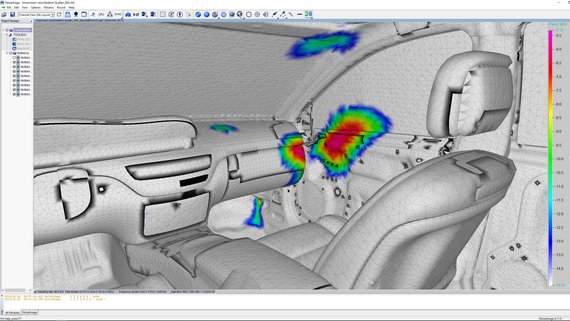
3D analysis
The inside of a vehicle, while designed for a comfortable ride, can be a very complex space in terms of acoustics. With a multitude of reflecting and absorptive surfaces, who knows where noises may be coming from? Our acoustic imaginig solutions know. The software features options which can help you load your interior model and look at an acoustic map in full 3D. Not only that, but our novel fitting algorithm means you can place your reference model in just a few moments, leading to highly accurate results in a matter of minutes.
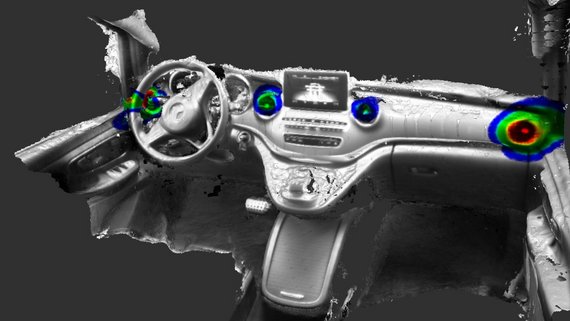
DynaBeam
No 3D model? No problem! With the DynaBeam scanning option, you don’t need to bother importing an existing 3D file into your workflow. Simply scan the surfaces of interest while recording the steady noise profile, and the NoiseImage software will generate a 3D model from the built-in optical camera. Not only that, but the additional movement of the array will help improve the dynamic range of the measurement and generate high-fidelity results.
